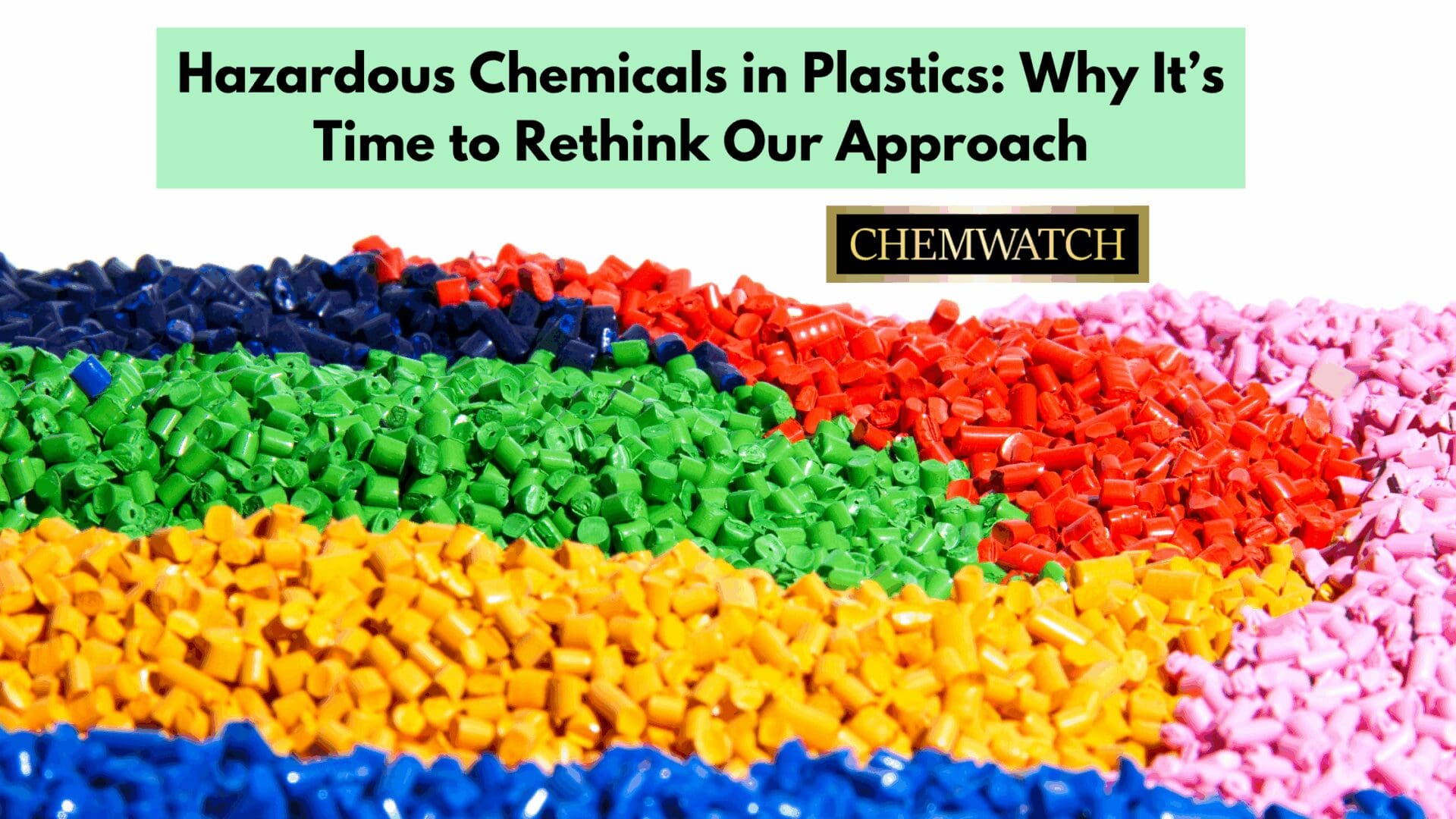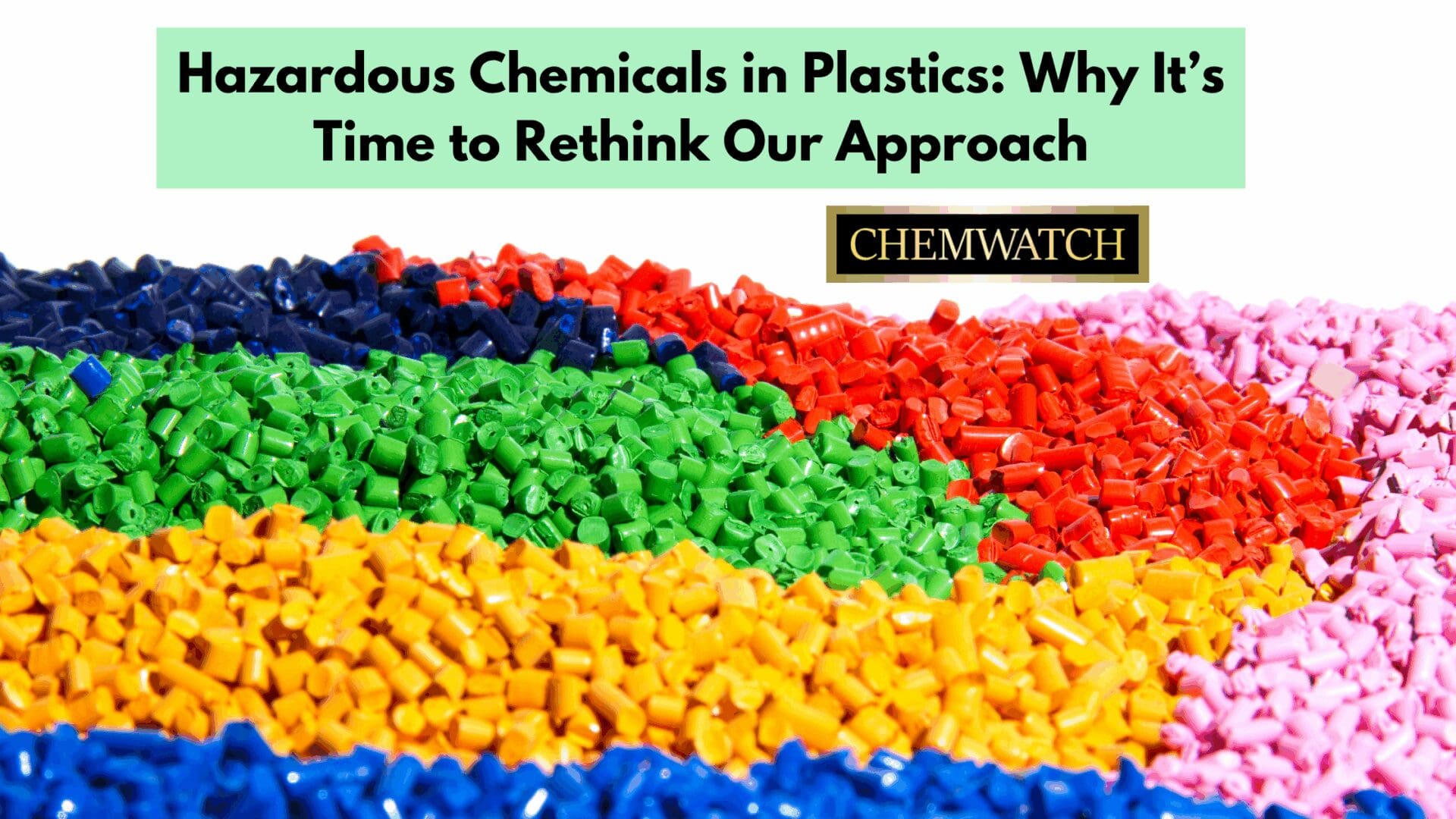
In the rapidly evolving conversation around plastic sustainability, one critical issue remains significantly underexplored: the hazardous chemicals in plastics. Plastics are composed of thousands of chemical substances—many of which pose risks to human health and the environment. The newly released PlastChem Report sheds light on this chemical dimension, offering vital insights into the scale of the problem and the urgent need for a more proactive approach to plastic toxicity.

According to the PlastChem Report, over 16,000 plastic chemicals are known to be either intentionally added or unintentionally present in plastic products. These include monomers, additives, stabilisers, plasticisers, and non-intentionally added substances (NIAS), such as by-products and impurities. Alarmingly, less than 6% of these substances are regulated on a global scale.
The lack of transparency is deeply concerning. Over 25% of plastic chemicals lack an identifiable chemical structure, and more than half have no public data on their use. Roughly 10,000 chemicals also lack hazard data, severely limiting our ability to conduct meaningful plastic risk assessment.
To address plastic toxicity, the PlastChem team applied a hazard-based framework using the PBMT criteria—Persistence, Bioaccumulation, Mobility, and Toxicity—to identify chemicals of concern:
These substances present serious threats throughout the plastic lifecycle, from production to disposal, yet most remain unregulated.
Hazardous plastic chemicals are released across every stage of the plastic lifecycle- during extraction, manufacturing, use, disposal, and environmental breakdown. Once released, these chemicals enter air, soil, and water, contaminating food systems and ecosystems.
Human biomonitoring studies have detected chemical additives in plastics- including phthalates, bisphenols, and flame retardants- in blood, urine, and breast milk. Wildlife across the globe, including seabirds, fish, and insects, also show signs of bioaccumulation of these toxic chemicals.
Despite clear evidence of harm, the regulation of plastic chemicals remains fragmented and inconsistent. There is no global regulatory framework that comprehensively addresses chemical exposure from plastics. Existing instruments such as the Stockholm and Basel Conventions and the EU REACH Regulation only address a narrow subset of substances.
In some cases, substances banned in one sector (e.g., consumer goods) are still permitted in others (e.g., food packaging), highlighting gaps and contradictions in the regulation of plastic chemicals.
The PlastChem Report proposes a roadmap for reducing plastic toxicity and improving chemical management in plastics:
The PlastChem Report serves not just as a warning to regulators but as a strategic signal to industry leaders. Public and investor demand for safer, more transparent plastic materials is accelerating. Businesses that proactively reduce chemical additives in plastics, invest in data transparency, and phase out toxic substances are more likely to remain competitive and compliant.
The complexity of plastic chemicals is both a challenge and an opportunity. By embracing a systemic, science-backed approach, industry and policymakers can help transform the global plastics economy into one that prioritises safety, sustainability, and innovation.
The PlastChem Report is a critical foundation for this transformation. It calls on all actors—industry, regulators, and researchers—to rethink our relationship with hazardous chemicals in plastics and to invest in sustainable, low-toxicity materials for future generations.
At Chemwatch, we provide the tools and insights you need to navigate complex plastic chemical hazards. Access industry-leading SDS management, safer substitution solutions, and robust chemical tracking systems tailored to your compliance needs - Contact Us today!
Sources